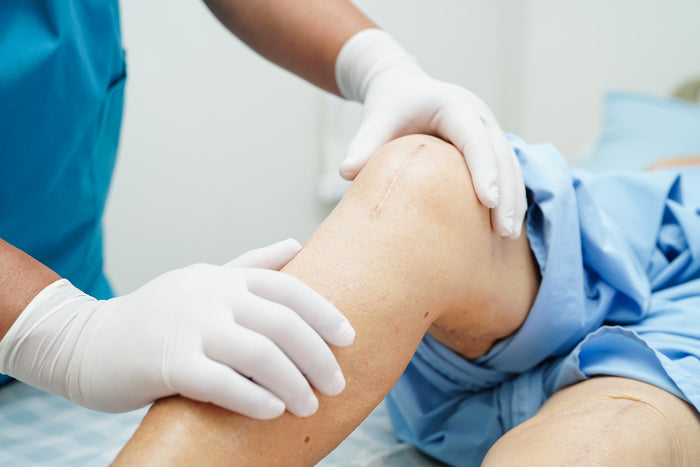The Safety of Hyperbaric Oxygen Therapy

Hyperbaric Oxygen Therapy is a safe and effective treatment option with a very low incidence of serious complications. While minor adverse events such as temporary vision changes or ear discomfort may occur, these are generally transient and manageable.


